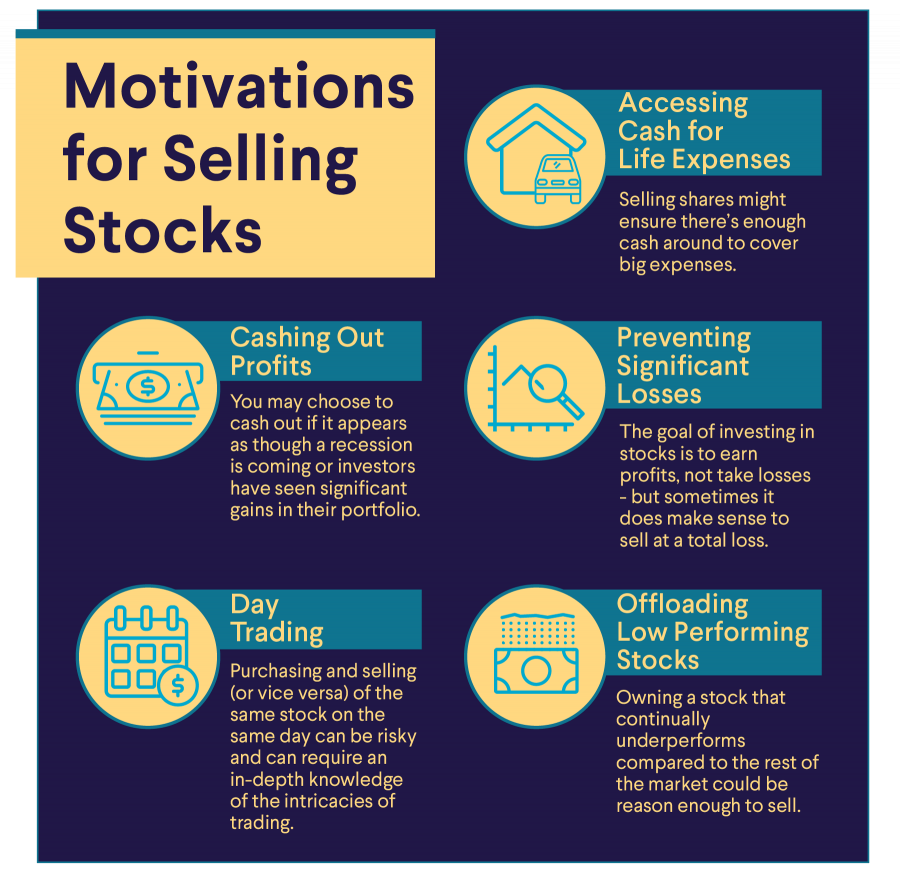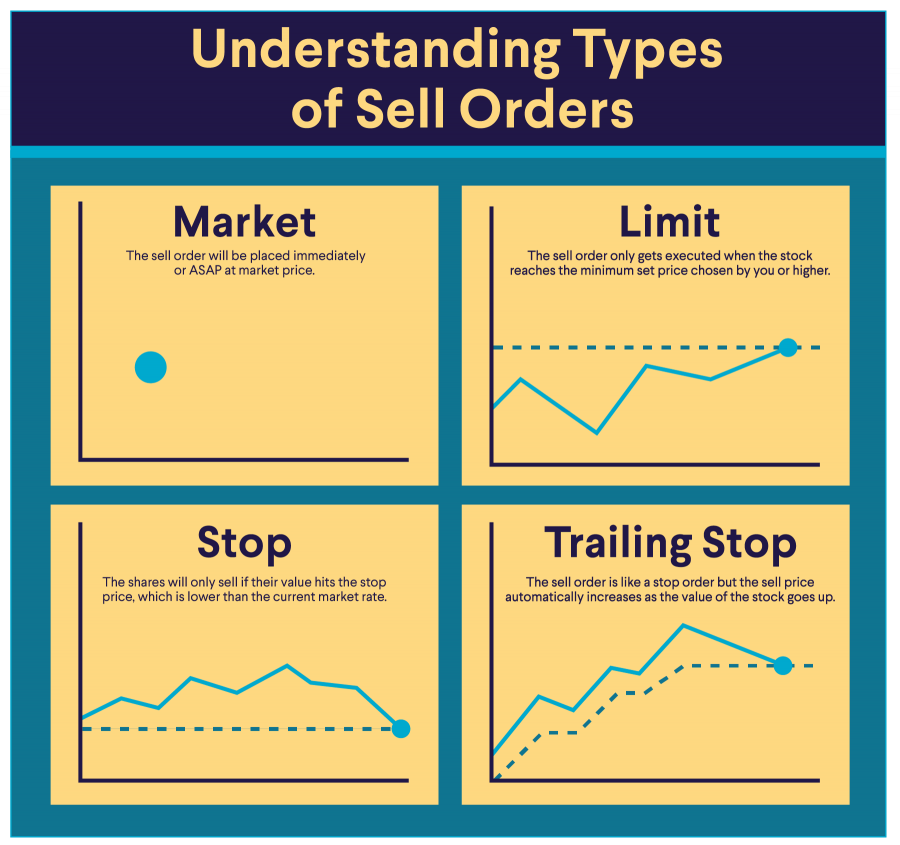What Is Leverage in Finance?
Table of Contents
Leverage in finance involves using a relatively small amount of capital to make larger trades or investments, increasing the potential of larger returns. In the world of finance, it’s critical to understand leverage if you plan to day trade or make other types of short-term investments, and the additional risks involved.
In general, leverage means doing a lot with a little. Think about how you may use an actual, physical lever to turn a switch, for instance. The switch itself may be small, and require a turn that’s a quarter of an inch to flip from off to on. But by using a lever — which is much bigger, physically, than the switch itself — the work becomes easier.
Key Points
• Leverage in finance involves using a small amount of capital to make larger trades or investments, potentially increasing returns.
• Leverage can be achieved through borrowing money or trading on margin, allowing investors to make increased dollar investments.
• While leverage can amplify gains, it also magnifies losses and comes with additional risks and costs.
• Different types of leverage exist, including financial leverage used by businesses to raise capital and operating leverage used to analyze fixed and variable costs.
• Leverage can be used in personal finance, such as taking out a mortgage, and is also utilized by professional traders to potentially increase profits.
What Is Leverage?
In finance, leverage refers to using a small amount of capital to do a relatively big amount of work — making big investments with a small amount of money. The rest of the money used to make the investment is borrowed, or investors are trading on margin.
In short: Leverage is about borrowing capital to make bigger bets in an effort to increase returns.
How Leverage Works
In leveraged investing, the leverage is debt that investors use as a part of their investing strategy. While it’s easy to think that all debt is bad, in fact it can actually be useful when folded into a specific investing tactic, although it also introduces additional risks and costs.
Leverage typically works like this: A person or company wants to make an outsized investment, but doesn’t have enough capital to do it. So, they use the capital they do have in conjunction with margin (borrowed money) to make a leveraged investment. If they’re successful, the return on their investment is far greater than it would’ve been had they only invested their own capital.
The risk, of course, is that those returns do not materialize, putting the investor in debt. Investors will also need to consider how their overall costs could increase, as they’ll likely pay interest on the money they borrow, too.
Increase your buying power with a margin loan from SoFi.
Borrow against your current investments at just 12%* and start margin trading.
*For full margin details, see terms.
Example of Leverage
Here is an example of how leverage could be used:
Let’s say that you found a startup. To get the company off the ground, you take in $10 million from investors, but you want to expand operations fast — hire employees, ramp up research and development efforts, and build out a distribution network.
You can do that with the $10 million, but if you were to borrow another $10 million, you would be able to double your efforts. That would allow you to hire more employees, improve your products faster, and distribute them further and wider, though you’d need to pay interest on the loan, too, factoring into overall costs.
That $10 million you borrowed is allowing you to do more with less. Of course, you run the risk that the company won’t be able to sustain a quick growth pace, in which case you may not be able to pay back the loan, or end up paying additional costs for interest and fees. But if things do work out, you’d be able to grow faster and accrue more value than if you hadn’t taken on any additional debt.
💡 Quick Tip: Are self-directed brokerage accounts cost efficient? They can be, because they offer the convenience of being able to buy stocks online without using a traditional full-service broker (and the typical broker fees).
Pros and Cons of Leverage
On the surface, leverage can sound like a powerful tool for investors — which it can be. But it’s a tool that can cut both ways: Leverage can add to buying power and potentially increase returns, but it can also magnify losses, and put an investor in the hole.
What’s important to remember is that there are both pros and cons to a tool like leverage.
| Pros of Leverage | Cons of Leverage |
|---|---|
| Adds buying power | Increased risks and costs |
| Potential to earn greater returns | Leveraged losses are magnified |
| For investors, it’s generally easy to access | It can be more complex than meets the eye |
Leverage vs Margin
Margin is a type of leverage that is specifically tied to use in the financial markets by investors. It is basically like a line of credit for a brokerage or investment account.
Here’s how margin works: An investor has a cash balance, which acts as collateral, and there are interest rates at play, like any other type of loan. With a margin account, investors can tradesome, but not all stocks or other assets on margin.
Using margin, an investor can effectively supercharge their potential gains or losses. It’s also important to note — and it’s worth repeating over and over — that using margin as an investor can increase overall costs and risks. Not every investor will be comfortable assuming those risks and costs (such as interest charges), so you’ll want to know what you’re doing before using margin.
Margin and leverage are related, and it’s easy to confuse the two. Even if you know what margin trading is and how margin accounts work, it’s important to make sure you know what the differences are. This chart should help.
Leverage vs Margin |
|
|---|---|
| Leverage | Margin |
| A loan from a bank for a specific purpose | A loan from a brokerage for investing in financial instruments |
| May involve a cash injection to be used for a specific purpose | No cash is exchanged; acts as a line of credit |
| Can be used by businesses or individuals; May take the form of a mortgage or to expand inventory | Can be used to create leverage and increase investment buying power |
Types of Leverage
So far, we’ve mostly discussed leverage as it relates to the financial markets for investors. But there are other types of leverage, too.
Financial Leverage
Financial leverage is used by businesses and organizations as a way to raise money or access additional capital without having to issue additional shares or sell equity. For instance, if a company wants to expand operations, it can take on debt to finance that expansion.
The main ways that a company may do so is by either issuing bonds or by taking out loans. Much like in the leverage example above, this capital injection gives the company more spending power to do what it needs to do, with the expectation that the profits reaped will outweigh the costs of borrowing in the long run.
Operating Leverage
Operating leverage is an accounting measure used by businesses to get an idea of their fixed versus variable costs.
When discussing financial leverage, math needs to be done to figure out whether a company’s borrowing is profitable (called the debt-to-equity ratio). When calculating operating leverage, a company looks at its fixed costs as compared to variable costs to get a sense of how the costs of borrowing are affecting its profitability.
Leverage Investing
Leverage trading is the use of borrowed money to try and increase profits or returns. A company can use leverage investing by purchasing a new factory, allowing it to expand its ability to create products, and as such, increase profitability. An individual investor can borrow money to buy more stocks, increasing their potential returns.
It’s important to keep in mind, though, that leverage trading, or the use of borrowed money to invest, increases overall costs for investors, as they will need to pay interest on the money they borrow, and may be subject to other fees, too.
With that in mind, there are a few ways that leverage can be used in investing, either by individuals, or organizations.
Buying on Margin
Margin is a form of leverage, and trading on margin means that an investor is using money borrowed from their brokerage to execute a trade. In other words, an investor is borrowing money from their trading platform or brokerage — paying an applicable interest rate to do so, which can vary and should be considered as a part of overall trading costs — and making trades with it. It’s similar to using a credit card for investing, in some ways.
Given that margin concerns interest charges and additional costs, using it to trade or invest involves additional risks, particularly for inexperienced investors.
Leveraged ETFs
ETFs, or exchange-traded funds, can also have leverage baked into them. Leveraged ETFs are tradable funds that allow investors to potentially increase their returns by using borrowed money to invest in an underlying index, rather than a single company or stock. Leveraged ETFs utilize derivatives to increase potential returns for investors.
Using Borrowed Money to Invest
While many investors utilize margin, it’s also possible to borrow money from an outside source (not your broker or brokerage) to invest with. This may be appealing to some investors who don’t have high enough account balances to meet the thresholds some brokerages have in place to trade on margin. For example, a platform may require an investor to have a minimum balance of $25,000 in their account before they’ll offer the investor margin trading.
If an investor doesn’t have that much, looking for an outside loan — a personal loan, a home equity loan, etc.— to meet that threshold may be an appealing option.
But, as mentioned when discussing margin, borrowing money to invest can rope in additional risk, and investors will need to consider the additional costs associated with borrowing funds, such as applicable interest rates. So, before doing so, it may be a good idea to consult a financial professional.
Leverage in Personal Finance
The use of leverage also exists in personal finances — not merely in investing. People often leverage their money to make big purchases like cars or homes with auto loans and mortgages.
A mortgage is a fairly simple example of how an individual may use leverage. They’re using their own money for a down payment to buy a home, and then taking out a loan to pay for the rest. The assumption is that the home will accrue value over time, growing their investment.
Leverage in Professional Trading
Professional traders tend to be more aggressive in trying to boost returns, and as such, many consider leverage an incredibly important and potent tool. While the degree to which professional traders use leverage varies from market to market (the stock market versus the foreign exchange market, for example), in general most pro traders are well-versed in leveraging their trades.
This may allow them to significantly increase returns on a given trade. And professionals are given more leeway with margin than the average investor, so they can potentially borrow significantly more than the typical person to trade. Of course, they also have to stomach the risks of doing so, too — because while it may increase returns on a given trade, there is always the possibility that it will not.
Leveraged Products
There are numerous financial products and instruments that investors can use to gain greater exposure to the market, all without increasing their investments, like leveraged ETFs.
Volatility and Leverage Ratio
A leverage ratio measures a company’s debt situation, and gives a snapshot of how much debt a company currently has versus its cash flows. Companies can use leverage to increase their profitability by expanding operations, etc., but it’s a gamble because that profitability may not materialize as planned.
Knowing the leverage ratio helps company leaders understand just how much debt they’ve taken on, and can even help investors understand whether a company is a potentially risky investment given its debt obligations.
The leverage ratio formula is: total debt / total equity.
Volatility is another element in the mix, and it can be added into the equation to figure out just how volatile an investment may be. That’s important, given how leverage can significantly amplify risk.
💡 Quick Tip: When you’re actively investing in stocks, it’s important to ask what types of fees you might have to pay. For example, brokers may charge a flat fee for trading stocks, or require some commission for every trade. Taking the time to manage investment costs can be beneficial over the long term.
The Takeaway
Leverage can help investors, buyers, corporations and others do more with less cash on hand in their accounts at a given time. But there are some important considerations to keep in mind when it comes to leverage. In terms of leveraged investing, it has the potential to magnify gains — but also to magnify losses, and increase total costs.
Utilizing leverage and margin as a part of an investing or trading strategy has its pros and cons. But investors should give the risks some serious consideration before getting in over their heads. It may be a good idea to speak with a financial professional accordingly.
Ready to invest in your goals? It’s easy to get started when you open an investment account with SoFi Invest. You can invest in stocks, exchange-traded funds (ETFs), mutual funds, alternative funds, and more. SoFi doesn’t charge commissions, but other fees apply (full fee disclosure here).
FAQ
What is leverage in simple terms?
In simple terms, the concept of leverage means to do a lot with a little. As it relates to finance or investing, this can mean using a small amount of capital to make large or outsized trades or investments.
What is an example of leverage?
An example of leverage could be a mortgage, or home loan, in which a borrower makes a relatively small down payment and borrows money to purchase a home. They’re making a big financial move with a fraction of the funds necessary to facilitate the transaction, borrowing the remainder.
Why do people want leverage?
Leverage allows investors or traders to make bigger moves or take larger positions in the market with only a relatively small amount of capital. This could lead to larger returns — or larger losses.
Photo credit: iStock/StockRocket
SoFi Invest® INVESTMENTS ARE NOT FDIC INSURED • ARE NOT BANK GUARANTEED • MAY LOSE VALUE
1) Automated Investing and advisory services are provided by SoFi Wealth LLC, an SEC-registered investment adviser (“SoFi Wealth“). Brokerage services are provided to SoFi Wealth LLC by SoFi Securities LLC.
2) Active Investing and brokerage services are provided by SoFi Securities LLC, Member FINRA (www.finra.org)/SIPC(www.sipc.org). Clearing and custody of all securities are provided by APEX Clearing Corporation.
For additional disclosures related to the SoFi Invest platforms described above please visit SoFi.com/legal.
Neither the Investment Advisor Representatives of SoFi Wealth, nor the Registered Representatives of SoFi Securities are compensated for the sale of any product or service sold through any SoFi Invest platform.
Financial Tips & Strategies: The tips provided on this website are of a general nature and do not take into account your specific objectives, financial situation, and needs. You should always consider their appropriateness given your own circumstances.
Claw Promotion: Customer must fund their Active Invest account with at least $25 within 30 days of opening the account. Probability of customer receiving $1,000 is 0.028%. See full terms and conditions.
SOIN1023160











